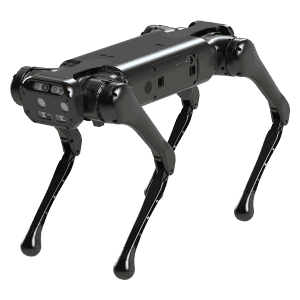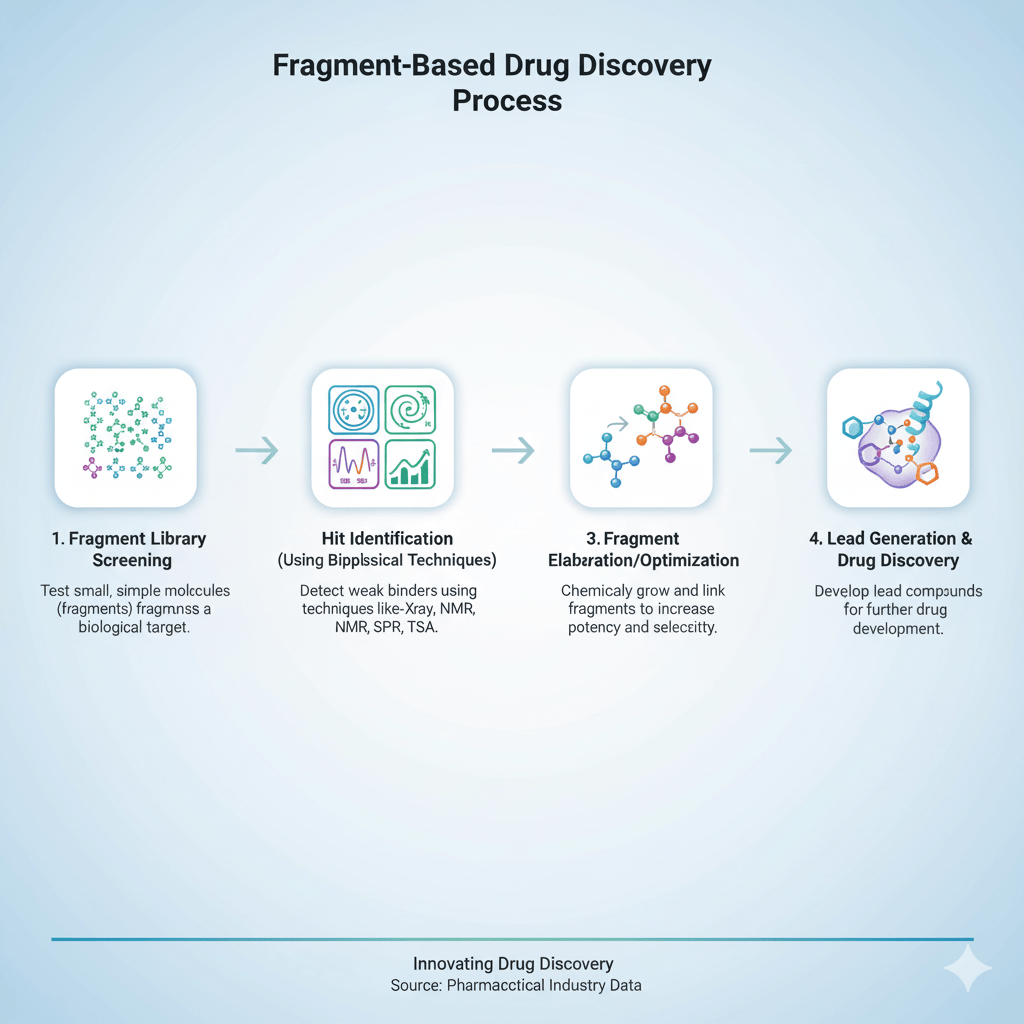Advancing Robotics: The Cutting-Edge Technology Behind Quadruped Robots

Strong 8k brings an ultra-HD IPTV experience to your living room and your pocket.
In the rapidly evolving world of robotics, one of the most remarkable innovations is the development of quadruped robots. These robots, designed to walk on four legs, are inspired by the movement of animals and are capable of navigating complex and uneven terrains with agility and precision. Their design has opened up new possibilities for robots to perform tasks in environments that are challenging for traditional wheeled robots or drones. This article explores the evolution, functionality, applications, and future potential of quadruped robots.
The global quadruped robot market has seen significant growth in recent years, driven by advancements in robotics, artificial intelligence (AI), and machine learning technologies. These robots, often designed with four legs for mobility, are being increasingly deployed across various industries including defense, healthcare, logistics, and research. The unique design of quadruped robots allows them to navigate rough terrains, providing enhanced stability and versatility compared to traditional wheeled robots. Their ability to perform complex tasks such as surveillance, search and rescue operations, and autonomous delivery has contributed to their rising adoption across multiple sectors.
What Are Quadruped Robots?
A quadruped robot is a type of legged robot that moves using four legs. Unlike wheeled robots, which depend on wheels for locomotion, quadruped robots rely on a combination of actuators, sensors, and advanced algorithms to mimic the natural movement of four-legged animals. This design allows quadruped robots to achieve greater stability, mobility, and dexterity, enabling them to traverse rough terrain, climb stairs, and avoid obstacles.
These robots are equipped with multiple sensors, including cameras, LiDAR, gyroscopes, and force sensors, which provide them with a detailed understanding of their environment. Artificial intelligence (AI) processes the data from these sensors to adjust the robot's gait and movement in real-time, ensuring that the robot maintains balance and adapts to changing conditions.
The Evolution of Quadruped Robots
The concept of quadruped robots has been around for several decades, but significant progress has only been made in recent years. Early quadruped robots, such as the BigDog developed by Boston Dynamics, were designed primarily for military applications. BigDog, funded by the U.S. military's Defense Advanced Research Projects Agency (DARPA), was built to carry heavy loads across rugged terrain, a task that was too challenging for wheeled vehicles.
Since then, quadruped robots have evolved from bulky, cumbersome machines into agile, lightweight robots capable of performing a wide range of tasks. Spot, a more advanced version of BigDog, was introduced by Boston Dynamics in 2015. Spot is smaller, faster, and more versatile, capable of performing complex maneuvers and navigating obstacles with ease. Other companies, such as ANYbotics and Ghost Robotics, have also developed their own quadruped robots, contributing to the growing popularity of this technology.
Key Features of Quadruped Robots
Several features distinguish quadruped robots from other types of robots, making them highly effective in a variety of applications:
Legged Locomotion: Quadruped robots use four legs to move, which allows them to maintain balance and stability on uneven or rough terrain. The legs are typically designed to resemble the biomechanics of animal limbs, with joints like hips, knees, and ankles to provide fluid movement.
Agility and Versatility: Unlike wheeled robots, quadruped robots can climb stairs, jump, and navigate through difficult environments. Their ability to change direction quickly and adjust their gait based on the terrain makes them ideal for tasks that require adaptability.
Advanced Sensors and Perception: Quadruped robots are equipped with a variety of sensors, including cameras, LiDAR, IMUs (Inertial Measurement Units), and force sensors. These sensors enable the robot to perceive its surroundings, detect obstacles, and maintain its balance during movement.
Artificial Intelligence: AI plays a crucial role in controlling the robot’s movements. Machine learning algorithms help quadruped robots learn from their environment and adapt to new situations. For example, the robot can improve its walking gait over time or learn how to overcome unexpected obstacles.
Energy Efficiency: Energy efficiency is an important consideration for quadruped robots. They use a combination of electric motors or hydraulic actuators to move their legs, and engineers work to optimize these systems to ensure the robots can perform tasks for extended periods without running out of power.
Applications of Quadruped Robots
Quadruped robots are being used in a variety of fields, demonstrating their versatility and potential. Some of the most notable applications include:
Search and Rescue: Quadruped robots are highly effective in search and rescue operations, especially in disaster-stricken areas such as collapsed buildings, earthquake zones, or wildfires. Their ability to navigate challenging terrain and carry sensors to detect heat signatures or toxic gases makes them invaluable for locating survivors and assessing hazardous environments.
Military and Defense: The military has long been interested in quadruped robots, primarily for logistics and reconnaissance missions. Robots like BigDog and Spot have been tested for transporting supplies across difficult terrain, providing soldiers with a valuable tool to carry out operations in remote or hazardous environments.
Industrial Inspection and Maintenance: Quadruped robots are used in industries such as oil and gas, mining, and power generation to perform inspections in dangerous or hard-to-reach areas. They can be equipped with cameras and sensors to monitor equipment, detect leaks, and ensure that systems are functioning properly.
Agriculture: In agriculture, quadruped robots are being tested for tasks such as crop monitoring, soil analysis, and even planting. Their ability to traverse fields and navigate around obstacles allows them to perform these tasks more efficiently than traditional machinery.
Entertainment and Research: Quadruped robots are also being used for promotional purposes, art installations, and research. For example, robots like Spot have been used in videos, events, and live performances, showcasing their mobility and capabilities. In research, quadruped robots are used to study animal biomechanics and human-robot interaction.
Challenges and Future Directions
Despite their potential, quadruped robots face several challenges:
Cost: The complexity of quadruped robots, coupled with the advanced sensors and actuators required for their operation, makes them expensive to produce. Reducing the cost of manufacturing these robots is crucial for their widespread adoption.
Energy Consumption: Quadruped robots consume a significant amount of energy, especially during tasks that require rapid movement or long-duration missions. Finding more efficient power sources, such as advanced batteries or energy harvesting systems, is essential for improving their performance.
Environmental Adaptability: Quadruped robots are highly adaptable, but extreme environmental conditions, such as extreme heat, cold, or heavy rain, can impact their performance. Continued research into weather-resistant materials and designs will be necessary to ensure the robots can operate in a variety of climates.
Human-Robot Interaction: As quadruped robots become more integrated into human-centric environments, ensuring safe and effective interaction with people is important. Researchers are focusing on improving the ability of robots to understand human commands and respond appropriately in social contexts.
Note: IndiBlogHub features both user-submitted and editorial content. We do not verify third-party contributions. Read our Disclaimer and Privacy Policyfor details.



